High-Purity Semiconductor Materials
CMC Trading GmbH – Your trusted supplier of high-purity semiconductor materials, including silicon wafers, rare gases, and advanced deposition chemicals. CMC Trading delivers ISO-certified rare gases with 99.999%+ purity. Request a quote today!
Read Our Story ISO 9001 certified quality management system
Built-in quality assurance for critical semiconductor applications
Precision specifications with tolerances as tight as ±0.0002″
Full traceability and material certification available
/ Products
High-Purity
Materials
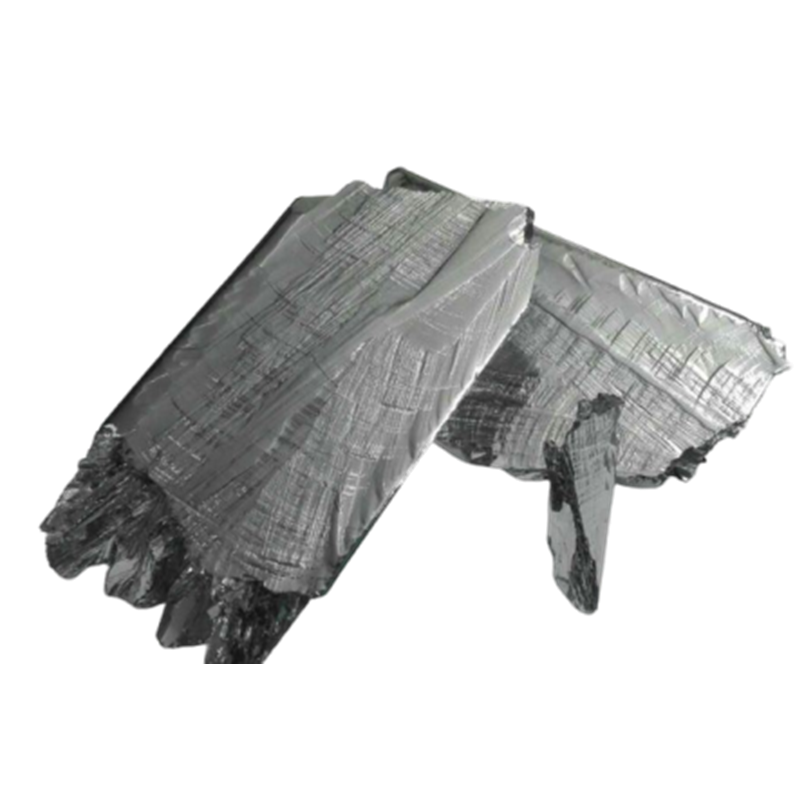
7N Tellurium
Tellurium is a metalloid element, with the element symbol Te, belonging to the VIA group in the periodic table, atomic number 52, atomic mass 127.6. Tellurium has a melting point of 452°C and a boiling point of 1390°C.
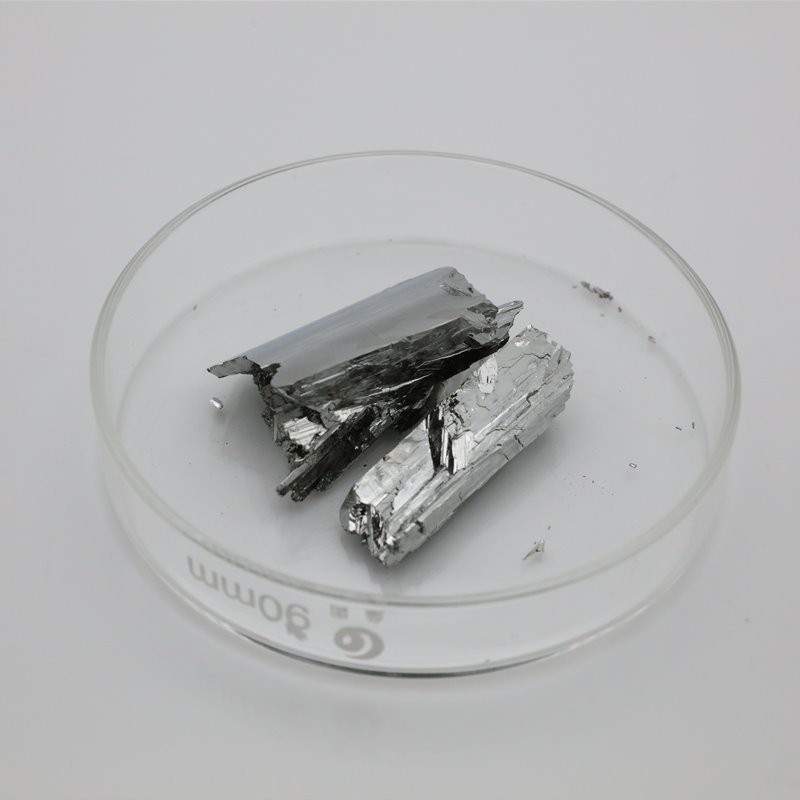
6N Tellurium
Tellurium is a chemical element with the symbol Te and atomic number 52. It is a brittle, mildly toxic, rare, silver-white metalloid. Tellurium is chemically related to selenium and sulfur, all three of which are chalcogens.
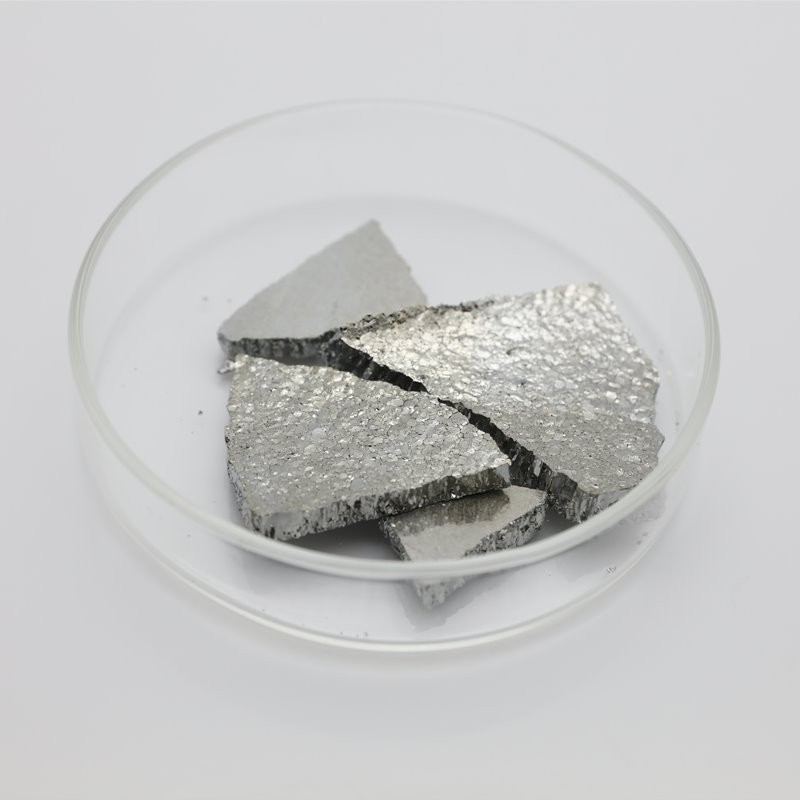
5N Tellurium
Tellurium is a semimetallic, lustrous, crystalline, brittle, silver-white element. It is usually available as a dark grey powder, it has the properties both of the metals and the non metals. Tellurium forms many compounds corresponding to those of sulfur and selenium.
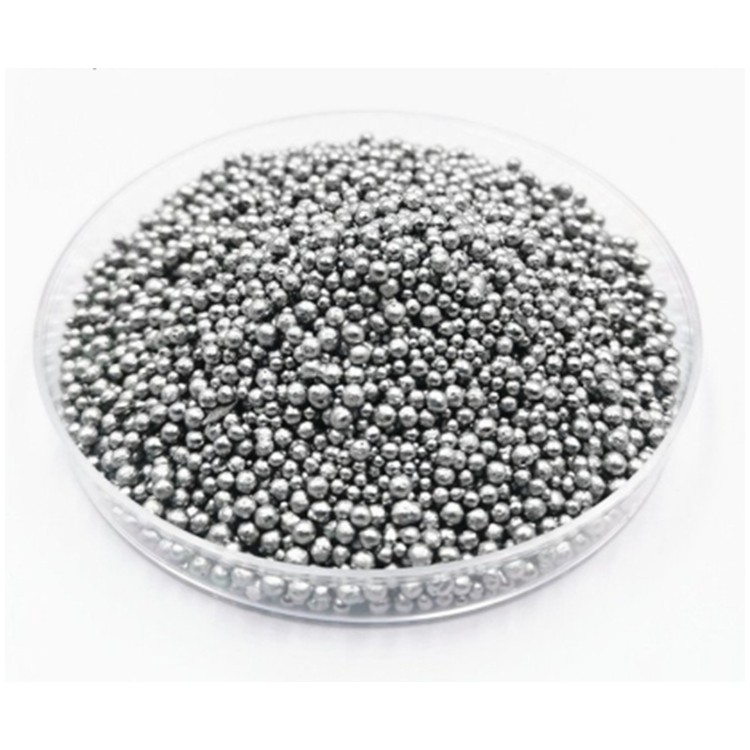
4N Tellurium
Tellurium (Te), semimetallic chemical element in the oxygen group (Group 16 [VIa] of the periodic table), closely allied with the element selenium in chemical and physical properties.
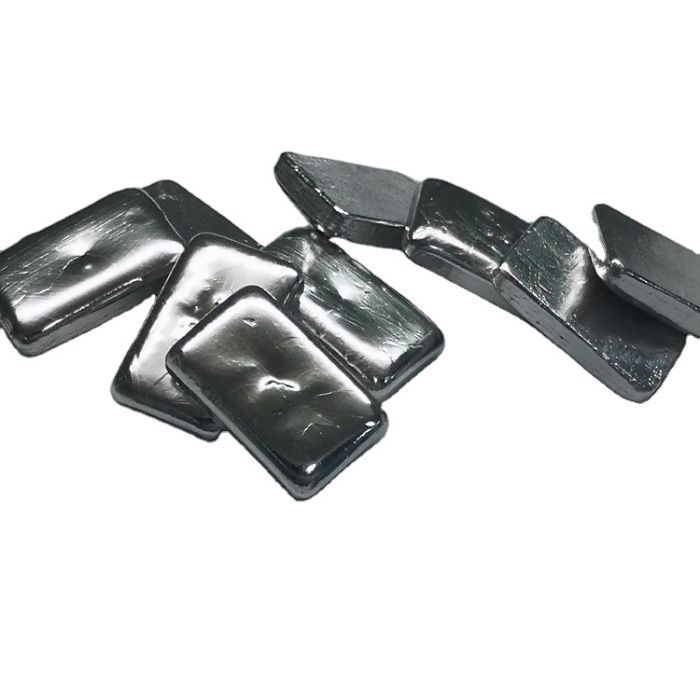
7N5 Indium
The element symbol of indium is In, atomic number 49, atomic weight 114.8, silver-white metal, ductile, melting point 156.61 ℃, boiling point 2080 ℃, hardness 1.2, density 7.30g/c㎡.
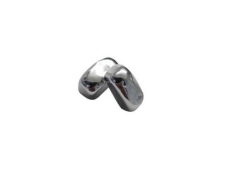
7N Indium
Indium is a silver gray, extremely soft, fusible metal. Melting point 156.61 ℃. Boiling point: 2060 ℃. Relative density d7.30.
/ Products
Compound
Materials
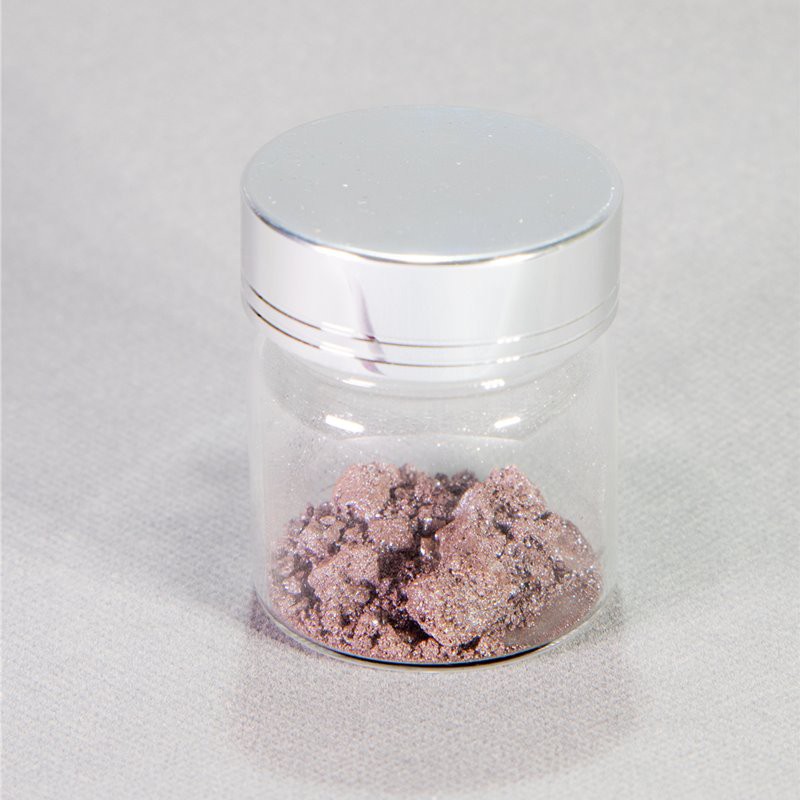
6N Zinc Telluride
Zinc telluride is a group II-VI compound with the chemical formula ZnTe. Red-brown zinc telluride is produced by heating tellurium and zinc together in a hydrogen atmosphere and then sublimating.
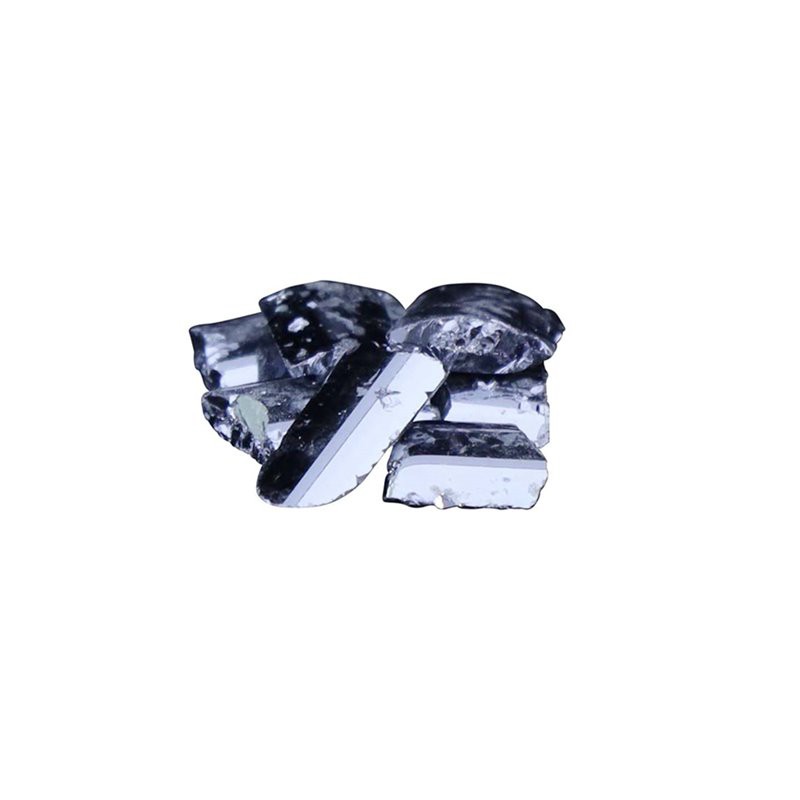
6N Gallium(II) Telluride
Gallium(III) telluride (Ga2Te3) is a chemical compound classified as a metal telluride. At room temperature gallium(III) telluride is an odorless, black, brittle crystalline solid and is a semiconductor of the III-VI type that crystallizes in a lattice structure.

7N Cadmium Telluride
Cadmium telluride, with the symbol CdTe, atomic weight is 250, is the black cubic crystal, toxic.
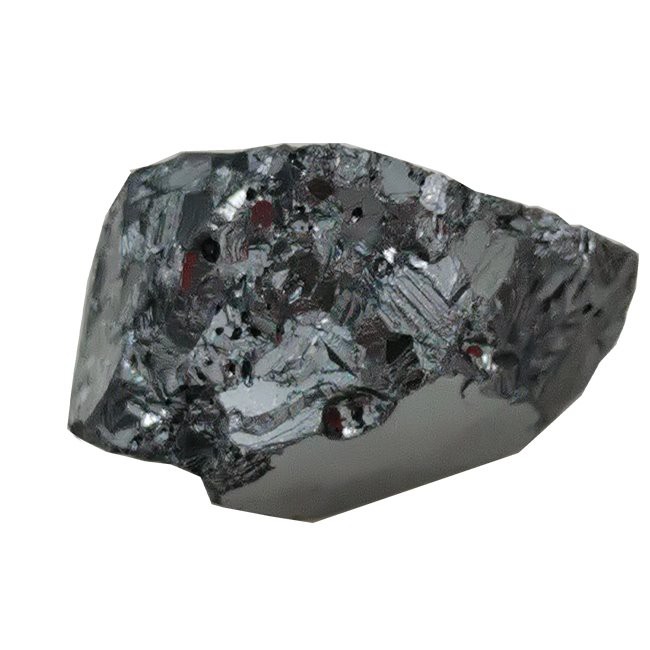
6N Cadmium Telluride
Chemical formula CdTe. Molecular weight 240.00. Black cubic crystals. Poisonous! The melting point is 1041℃, and the decomposition occurs at higher temperature, and the relative density is 6.2015.
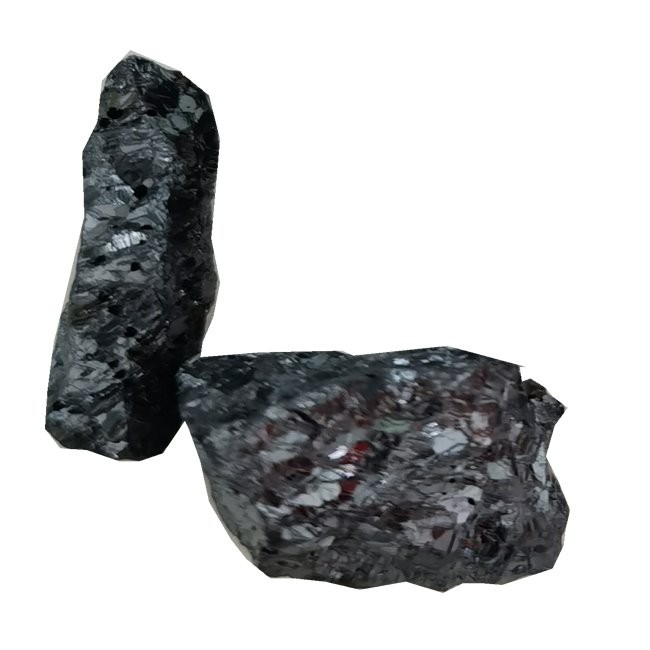
6N Tellurium Cadmium Zinc
Cadmium zinc telluride, with the symbol of CdZnTe, the abbreviation is CZT. CZT crystal is Wide Bandgap II-VI Compound Semiconductors, can seen to be melted by CdTe and ZnTe solid.
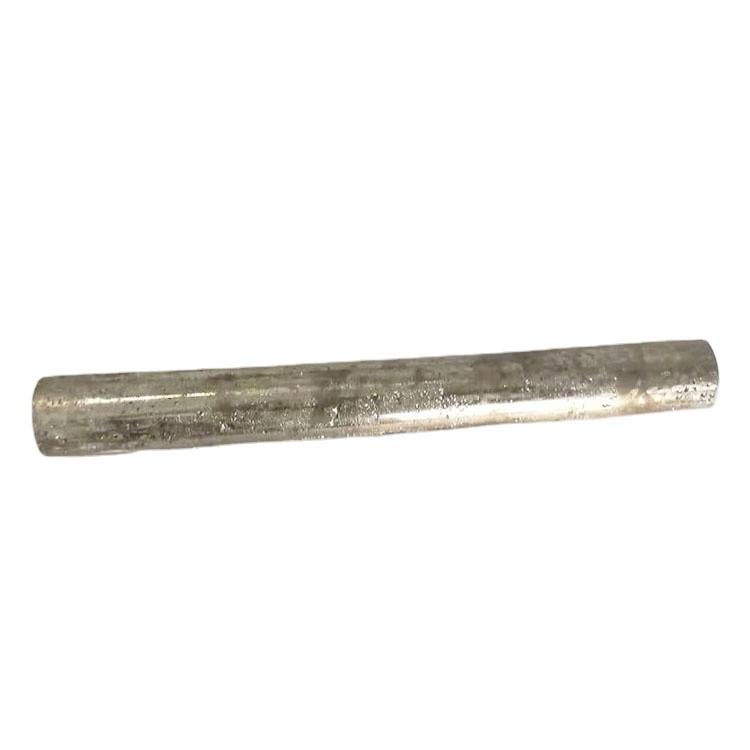
4N N-type Bismuth Telluride
Bismuth telluride is a compound of tellurium and bismuth. It is a narrow-gap layered semiconductor with a triangular unit cell. It is mainly found in the rare mineral bismuth telluride.
GENERAL INQUIRIES
address
Beeskower Str. 4,
15234 Frankfurt (Oder), Germany
15234 Frankfurt (Oder), Germany
phone number
+49 1573 414 0881
email address
sales@cmctradinggmbh.com
business hours
8 a.m. – 5 p.m.
Monday – Friday
Monday – Friday
contact person
Zhaowen Liu
